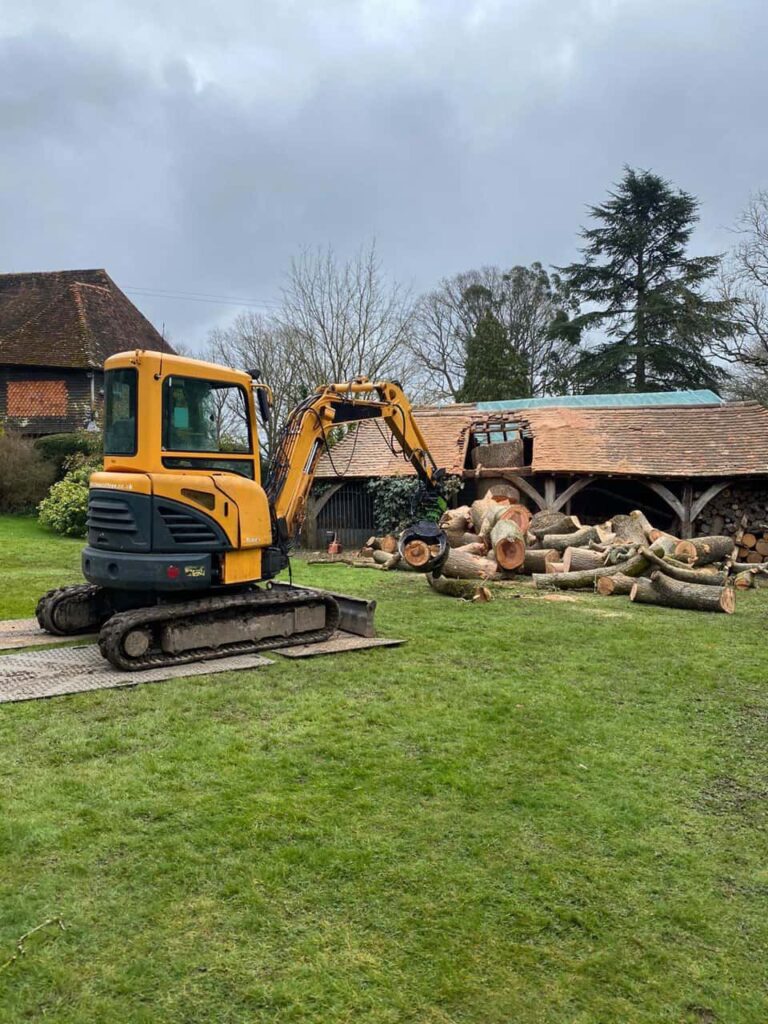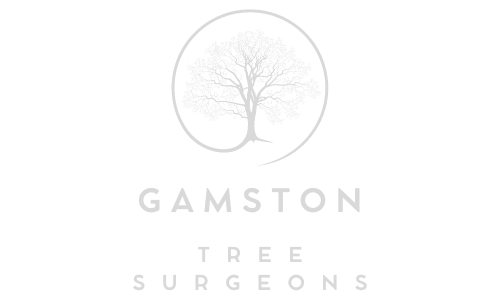Common Questions About Tree Crown Reduction Answered
Introduction: Tree crown reduction is a vital technique in arboriculture that helps maintain tree health, manage size, and enhance safety. If you’re considering tree crown reduction but have questions about the process, benefits, and considerations, you’re in the right place. Here are some common questions answered:
- What is Tree Crown Reduction?
Tree crown reduction involves selectively pruning branches to reduce a tree’s canopy’s overall size and height. This technique is used to manage tree growth, improve aesthetics, and mitigate safety risks associated with overgrown trees.
- When is Tree Crown Reduction Necessary?
Tree crown reduction is recommended in several situations, including:
- Safety Concerns: Remove hazardous branches that could fall and cause damage during storms or high winds.
- Structural Integrity: To reduce stress on weak or compromised branches, improving the tree’s overall structure.
- Aesthetic Reasons: To maintain a balanced shape, enhance the tree’s appearance, and prevent nearby structures or views overcrowding.
- How is Crown Reduction Different from Tree Topping?
Tree topping involves indiscriminately cutting back large branches to reduce tree height, often resulting in severe stress and long-term damage to the tree. Crown reduction, on the other hand, is a more strategic approach that targets specific branches to maintain tree health and structural integrity while reducing overall size.
- Is Crown Reduction Harmful to Trees?
When performed correctly by trained arborists, crown reduction is not harmful to trees. It involves careful planning and pruning techniques to ensure minimal stress and promote healthy regrowth. However, improper pruning techniques or excessive reduction can lead to tree stress, decay, and disease vulnerability.
- What are the Benefits of Tree Crown Reduction?
- Improved Safety: Removing dead, diseased, or overextended branches reduces the risk of falling debris and potential hazards.
- Enhanced Tree Health: Promotes better air circulation and light penetration within the canopy, supporting overall tree vitality.
- Aesthetic Appeal: Maintains a natural and balanced tree shape that complements its surroundings.
- Long-Term Maintenance: Reduces the need for frequent pruning and enhances the tree’s longevity.
- How Often Should Crown Reduction Be Done?
The frequency of crown reduction depends on various factors, including tree species, growth rate, and environmental conditions. As a general guideline, crown reduction should be performed every few years or as needed to maintain tree health and manage growth.
- Can I Perform Crown Reduction Myself?
Crown reduction is a skilled task that requires knowledge of tree biology, pruning techniques, and safety protocols. To ensure the job is done safely and effectively, it is strongly recommended that you hire a qualified arborist with experience in crown reduction.
Conclusion: Understanding the basics of tree crown reduction can help you make informed decisions about managing your trees’ health and aesthetics. Trust the expertise if you’re considering crown reduction for your trees in Gamston.
Call us on: 0115 697 1170
Click here to find out more about Gamston Tree Surgeons
Click here to complete our contact form and see how we can help you with your tree’s needs.

